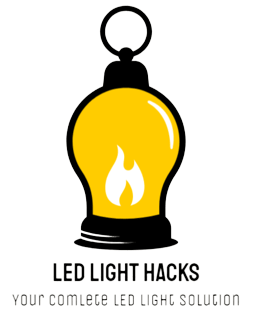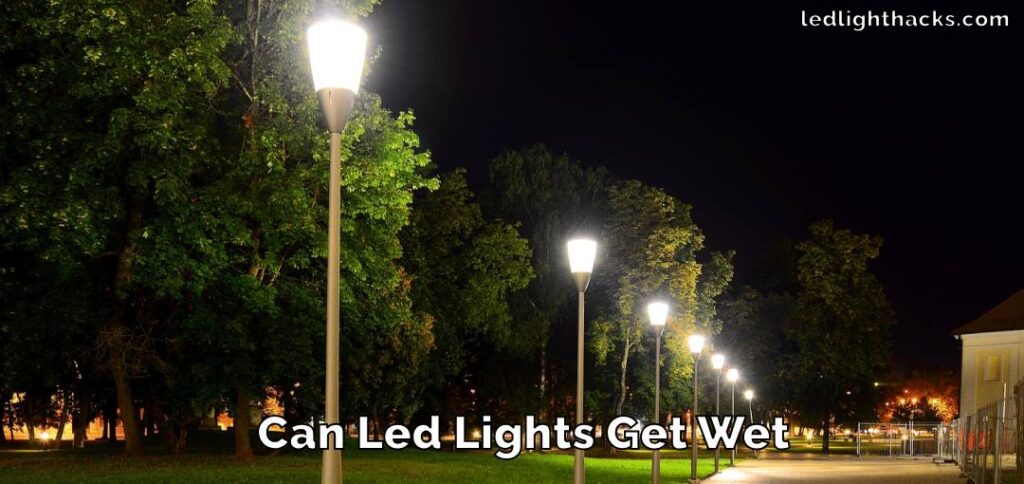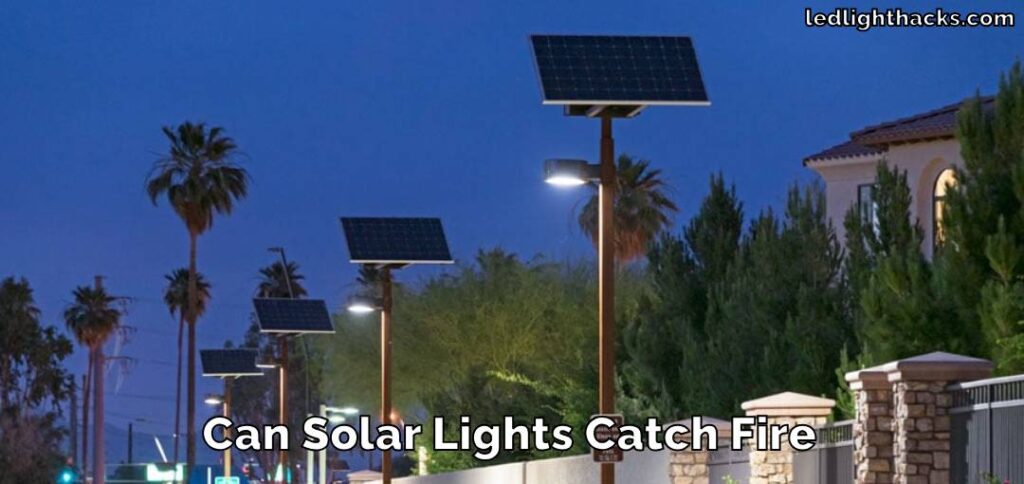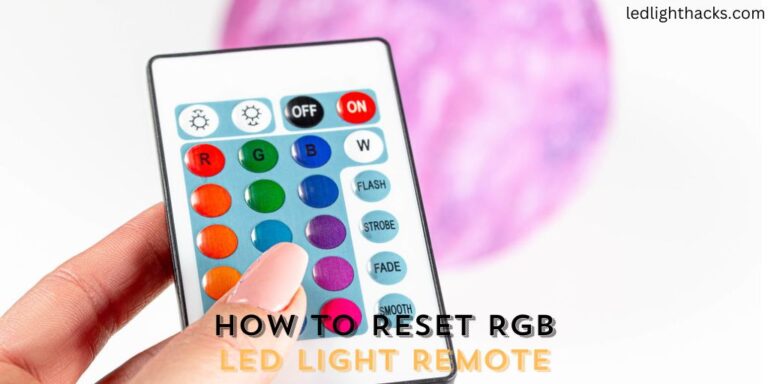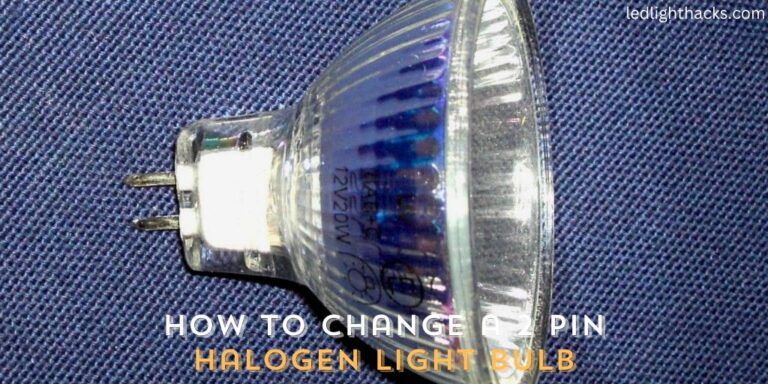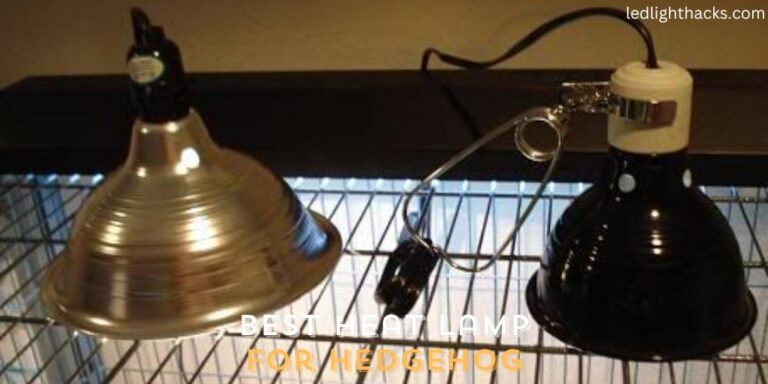How Many Plants Can a 1000w Led Light Grow
Indoor gardening is more popular than ever, and a big part of making it work is having the right lighting. A 1000w LED light is a favorite choice for many indoor gardeners because of its power and benefits for plants.
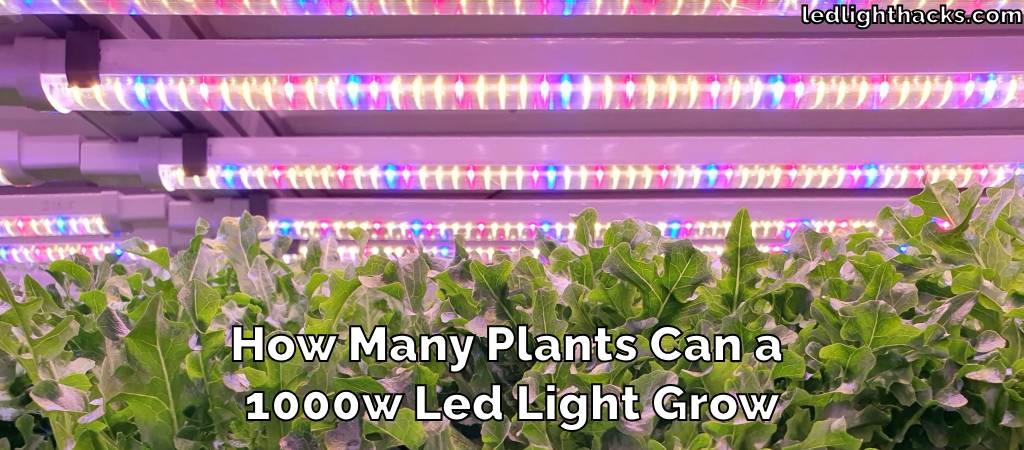
This type of light is really important for helping indoor plants grow well and stay healthy. In this article, we’re going to look closely at what a 1000w LED light can do for your plants. We’ll talk about what makes these lights so good for growing plants and the things that affect How many plants can a 1000w LED light grow.
A lot of gardeners wonder how many plants they can grow with a 1000w LED light. That’s what we’ll focus on answering here. Our aim is to give you helpful tips and information so you can get the most out of your indoor garden with these powerful lights.
Understanding 1000w LED Lights
A 1000w LED light is a robust option for anyone looking to grow plants indoors. This type of light is quite different from the conventional bulbs you might be used to. One of the main advantages of LED lights is their energy efficiency.
They use less power compared to traditional grow lights, which not only saves on electricity bills but also reduces their environmental impact. Additionally, 1000w LED lights provide a wide range of light wavelengths. This range is important because plants need different types of light at various stages of their growth.
For example, blue light is great for encouraging leafy growth, while red light helps in flowering and fruit production. These LED lights are engineered to offer a spectrum of light that closely resembles natural sunlight, which is ideal for photosynthesis – the process plants use to turn light into energy.
Understanding the technical details of these lights is also crucial. This includes knowing about their light intensity, which refers to how bright the light is, and the light spectrum, which is the range of light wavelengths the LED emits.
Additionally, considering the energy consumption of these lights is important, as it directly relates to their efficiency and cost-effectiveness. By understanding these aspects, you can better assess how a 1000w LED light will perform in your indoor garden.
Tools We Need to Grow Plants Under a 1000w LED Light
Growing plants indoors under a 1000w LED light is not just about providing light. To get the best results, it’s important to have the right set of tools. These tools help in creating and maintaining the perfect environment for your plants to thrive.
Here’s a list of essential tools needed for optimal growth under a 1000w LED light:
- Light Timer: To control the light cycles, ensure your plants get the right amount of light and darkness.
- Hygrometer: For monitoring humidity levels, which is vital for plant health.
- Thermometer: To keep a check on the temperature, as extreme temperatures can harm your plants.
- Ventilation Equipment: Proper air circulation is key to preventing issues like mold and mildew.
- Reflective Materials: To maximize light distribution, ensure all parts of your plants receive adequate light.
While a 1000w LED light provides the necessary illumination for plant growth, these additional tools play a crucial role in creating the ideal conditions for your indoor garden. With the right combination of light and environmental control, you can achieve healthy, thriving plants.
Factors Affecting Plant Growth under LED Lights
When using LED lights for growing plants indoors, it’s not just the light itself that matters. Various factors play a part in how well your plants will grow under these lights. Understanding these factors can help you create the perfect growing conditions for your indoor garden.
Key factors influencing plant growth under LED lights include:
- Light Intensity: The brightness of the light, affects how well the plants can photosynthesize.
- Duration: How long the plants are exposed to light, which should mimic the natural day-night cycle.
- Spectrum: Different wavelengths of light are needed at different stages of plant growth.
- Distance from Light: The space between the light source and the plants impacts the intensity and spread of light they receive.
- Environmental Conditions: Factors such as temperature, humidity, and soil conditions also significantly impact plant health.
LED lights are a fantastic tool for indoor gardening, paying attention to these additional factors is crucial for optimal plant growth. By carefully managing these aspects, you can ensure that your plants not only survive but thrive under LED lighting.
Calculating the Number of Plants per Light
Determining how many plants you can grow under a 1000w LED light is an important aspect of indoor gardening. It’s not just about placing as many plants as possible under the light it’s about understanding the light’s capabilities and the needs of your plants.
This calculation ensures that each plant receives the right amount of light for healthy growth.
To calculate the number of plants per 1000w LED light, consider these points:
- Light’s Coverage Area: How much space the light effectively covers.
- Plant’s Light Requirements: Different plants need different amounts of light.
The number of plants you can grow under a 1000w LED light depends on both the light’s coverage and the specific needs of the plants you are growing. By balancing these factors, you can create an efficient and productive indoor garden that makes the most of your LED lighting.
How Many Plants Can a 1000w LED Light Grow
Figuring out how many plants you can grow under a 1000w LED light is an important question for anyone doing indoor gardening. But the answer isn’t the same for everyone. It depends on a few things, like what kind of plants you’re growing and how big they are.
Let’s break it down:
Light Coverage Area
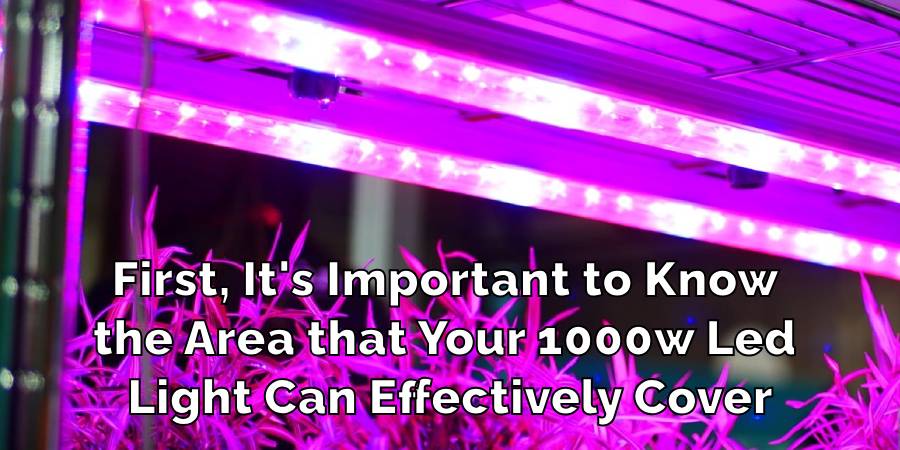
First off, a 1000w LED light usually covers about 20 to 30 square feet. Knowing this helps you figure out how much space you have for your plants.
Plant Size and Growth Stage
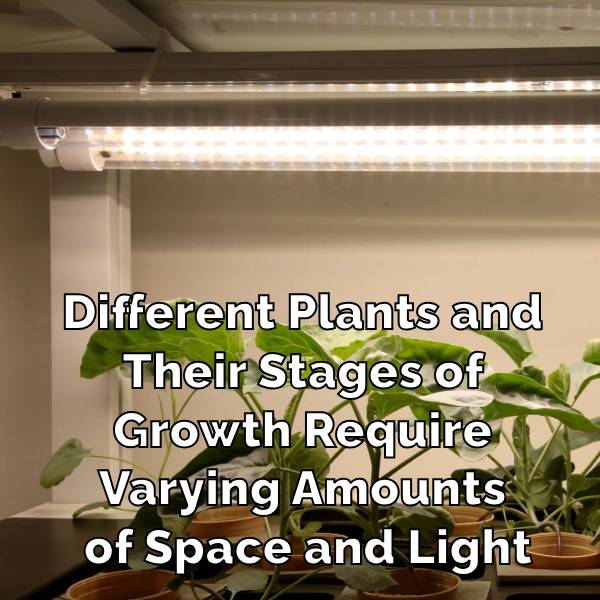
Different plants and their growth stages need different amounts of space. Small seedlings can fit more under a light than bigger, mature plants. So, how many plants you can grow changes as your plants get bigger.
Space for Growth
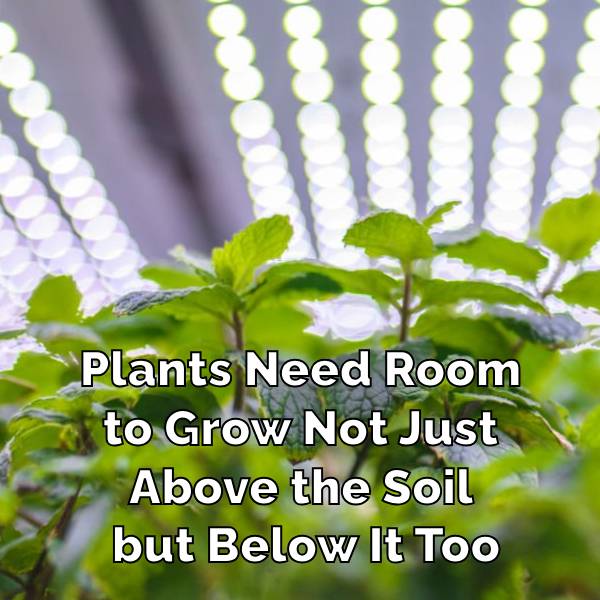
Plants need space both above and below the soil. Crowding too many plants together can hurt their growth and even make them sick.
Type of Plants
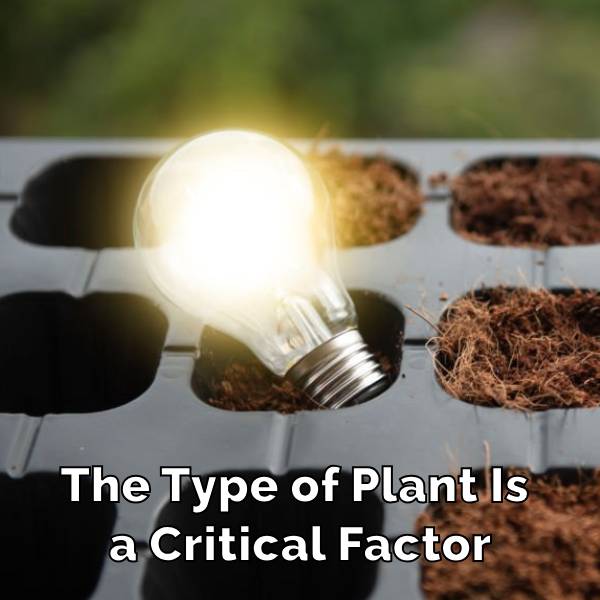
What plants you’re growing matters a lot. Some plants, like herbs, don’t need much space, but bigger plants, like tomatoes, need a lot more room.
Light Intensity
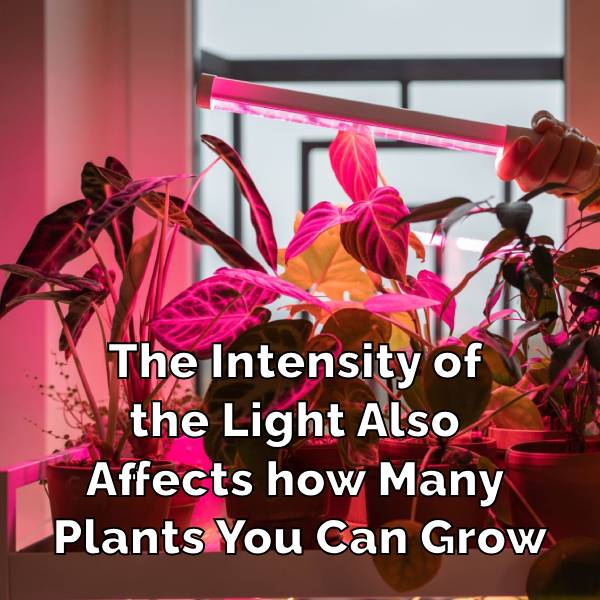
How bright your light is also plays a role. Plants that need a lot of light might need more space, so you might not fit as many under the light.
Making the Most of Your Space
You might start with a lot of small plants under your light and then move some as they grow bigger to keep them all healthy.

So, even though you’ve got a powerful 1000w LED light, how many plants you can grow under it depends on things like how much space the light covers, how big your plants are, what kind they are, and how much light they need. Understanding these details will help you plan your indoor garden better.
Different Plant Types
When it comes to indoor gardening under a 1000w LED light, one size does not fit all. Each type of plant has unique requirements for light and space, which greatly influences how many you can grow under a single light.
For example, leafy greens like lettuce and herbs are generally less demanding. They require less space and can thrive under lower light intensities. This means you can place more of these plants under your LED light.
Fruit-bearing plants like tomatoes or peppers need more room to grow and higher light intensity. These plants not only have larger leaves but also need extra energy for fruit production. So, you might find that you can grow fewer of these plants under the same light.
Flowering plants, such as orchids or roses, have another set of requirements. They often need specific light spectra to encourage blooming. Understanding these differences is key to planning your indoor garden and ensuring each plant type gets what it needs to grow well.
Precaution While Using a 1000w LED Light
Using a 1000w LED light effectively involves more than just turning it on and off. One critical aspect is maintaining the right distance between the light and your plants.
This is important to avoid light burns, which can damage the leaves and hinder plant growth. The ideal distance may vary depending on the plant type and growth stage. As your plants grow, they’ll get closer to the light, so regular checks and adjustments are essential.
If the leaves show signs of yellowing or curling, it might be a sign that the light is too close. It’s also important to ensure that the light uniformly covers all plants, so arranging your plants and light source correctly is crucial.
The specific needs of different plant types and maintaining the correct distance between the plants and the light are crucial for successful indoor gardening with a 1000w LED light. This knowledge will help you make informed decisions, ensuring your plants not only survive but also thrive.
FAQ’s
How Far Should 1000w LED Grow Lights Be from Plants?
The right distance between your plants and the 1000w LED grow light is essential for their health. Generally, a distance of about 12-24 inches from the top of the plants is recommended.
However, this can vary depending on the type of plants and their growth stage. Younger or more sensitive plants may require the light to be positioned slightly higher, while more mature or light-loving plants can handle being closer.
How Much Area Will a 1000-Watt Grow Light Cover?
A 1000w LED grow light typically covers an area of 20 to 30 square feet. This space is ideal for ensuring that the light is evenly distributed among the plants. However, the actual coverage can depend on the light’s design and the environment you’re growing in.
It’s important to position your plants within this area to ensure they receive adequate light.
Is a 1000w LED Grow Light Good?
Yes, a 1000w LED grow light is a great choice for indoor gardening. These lights are energy-efficient and provide a broad spectrum of light, which is suitable for a variety of plants. They are also known for their durability and long lifespan, making them a cost-effective option in the long run.
How Many LED Lights Do I Need for 4 Plants?
The number of lights you need depends on the size and type of your plants. Generally, one 1000w LED light is enough for four medium-sized plants. This provides sufficient light for them to grow healthy. However, if you’re growing larger plants or plants that require a lot of light, you might need additional lighting.
Can Plants Get Too Much LED Light?
Yes, just like with natural sunlight, it’s possible for plants to get too much light from LEDs. Excessive light exposure can lead to ‘light burn,’ where leaves may turn yellow or brown and become crisp. This can hinder the plant’s growth and overall health.
It’s important to monitor your plants for signs of light stress and adjust the light’s intensity or duration as needed.
Conclusion
A 1000w LED light is a versatile and efficient choice for indoor gardening. It can support the growth of a variety of plants, depending on their specific light needs. While the exact number of plants it can grow varies, understanding the light’s capabilities and the needs of your plants will help you make the most of this powerful lighting solution.
With the right setup and care, you can harness the full potential of a 1000w LED light to create a thriving indoor garden. By paying attention to these details and providing the right care, you can fully tap into the potential of a 1000w LED light. This way, you can not only grow healthy plants but also enjoy the process of creating and maintaining a vibrant indoor garden.
Read Also – How to Make Peach Color on LED Lights
How to Change a Light Switch without Turning Off the Power
Mastering the skill of changing a light switch without turning off the power holds great…
How To Stick LED Strip Lights On Wall Without Damaging Paint
LED light strips have surged in popularity, adorning homes and spaces with their vibrant colors…
Can Led Lights Get Wet
LED lights are everywhere, from homes to city streets, known for their efficiency and brightness….
Creative Ways to Use LED Strip Lights in Your Home
LED strip lights, those brilliant strips of technology, serve as a beacon of innovation in…
Can Solar Lights Catch Fire
Solar garden lights are your go-to pal for lighting up your backyard oasis while keeping…
What gauge wire for LED lights
When diving into LED lighting, one aspect that might not catch your eye at first…
